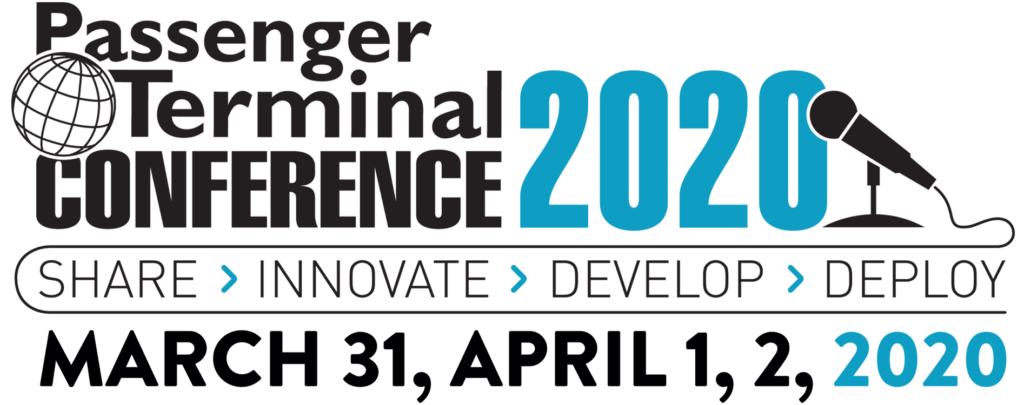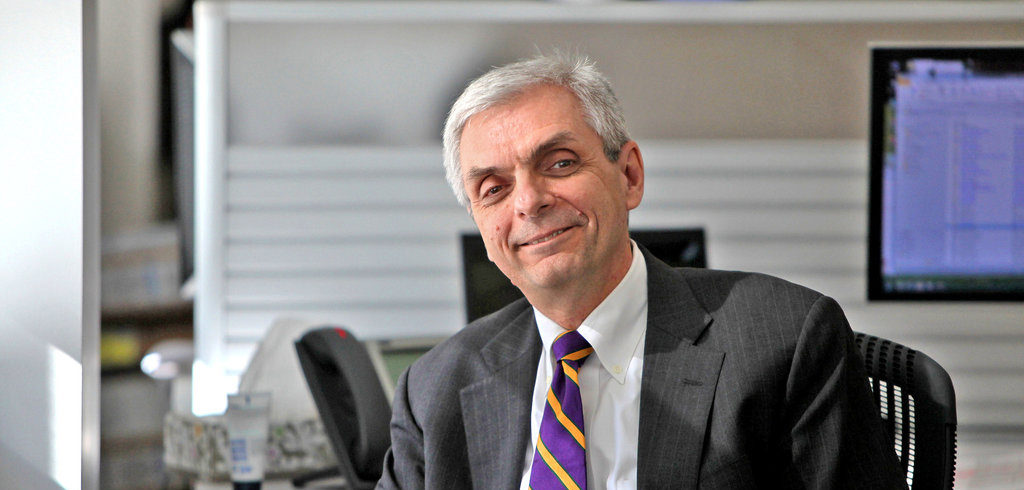Even after costly renovations and expansions, some of North America’s leading airports will still be lacking one of the key features seen in many of their European counterparts, explains Carl Galioto, president of HOK
Greater New York City is investing in its airports like never before. Modernizations and expansions at LaGuardia, JFK and Newark Liberty are transforming the region’s biggest airports into some of the best in North America. Yet even after these much-needed updates, these airports will still lack a feature shared among their international peers.
Take a look at the airports recognized as the world’s best and you’ll see one commonality: direct connections to regional rail. It’s true of Singapore’s Changi, Amsterdam’s Schiphol, and Frankfurt and Munich’s highly rated airports. This link to regional rail has driven the growth of adjacent ‘airport cities’ – multimodal centers of transit, commerce and industry that are fueling local economies.
To think that New York City, one of the world’s great metropolises, does not have an airport that operates in this capacity is astonishing. Even more confounding is that New York is not alone. Only a few US airports have direct connections to regional rail.
That must change, and it is why HOK’s aviation and urban planning teams recently partnered with the New York Building Congress to design a solution.
An airport city in Newark
Of Greater New York’s three airports, Newark Liberty International (EWR) is uniquely positioned for integrating regional rail and developing an airport city. Newark Liberty lies less than a half-mile east of the Northeast Corridor, the nation’s most heavily used rail system. The airport is also near more than 480 acres of contiguous vacant, industrial and low-rise commercial properties that could serve as the foundation for a new EWR City.
The vision for Newark Liberty described in the New York Building Congress-HOK report would create a detached airport headhouse located directly over the Northeast Corridor rail line. This new headhouse would serve as a dual air and rail hub, connecting passengers to airport terminals via an automated people mover as well as train service, including the New Jersey Transit commuter line and Amtrak’s regional rail service and high-speed Acela train with connections to major population centers in the Northeast.
The new headhouse would act as an intermediary between the airport terminals and EWR City. This new airport city would provide a variety of mixed-use needs with a conference center, office buildings, lodging and retail as well as a residential component. The area closest to the tarmac could serve as a logistics center for addressing challenges brought on by the exponential rise of e-commerce. EWR City would also offer opportunities to increase regional greenspace over what exists today, with landscaped courtyards, pedestrian pathways and a sloping green roof atop the new headhouse.
Integrated air and rail
Beyond providing new economic opportunities for residents of Newark, where the unemployment rate is more than twice the national average, EWR City and a combined air and rail hub offer environmental, logistic and planning advantages.
Each day dozens of commercial jets shuttle back and forth from New York City to Washington DC, and Boston. If those travelers could, instead, conveniently grab an Acela train from Newark Liberty, it would significantly reduce carbon emissions and free up a portion of New York City’s notoriously congested airspace.
Over the long term, air and rail hubs could also benefit the airlines by opening more airside slots for lucrative medium- and long-distance flights. Importantly for New York commuters, a combined air and rail hub at Newark Liberty would offer the region’s only true one-seat ride to and from Manhattan.
Like all coastal airports, Newark Liberty will be threatened by climate change and rising sea levels over the coming decades. Most of the airport lies within the 100-year floodplain. Moving the headhouse to the Northeast Corridor rail line, further away from Newark Bay, and elevating it above the floodplain will mitigate the risks and improve the airport’s overall resilience.
The future of connectivity
While the USA remains behind European and Asian nations when it comes to viewing rail as an alternative and complement to air travel, we cannot expect that attitude to last forever. New generations of passengers are increasingly aware of the impact of their travel. These same travelers want choice and convenience.
A combined air and rail hub at Newark Liberty speaks to the future of transportation. It offers the region opportunities for new business, new connections and new possibilities for growth. It’s the type of airport New York City deserves if it wants to maintain its position as a global leader and model for US progress.
Carl Galioto is the president of HOK, a global design, architecture, engineering and planning firm. Its current aviation projects include LaGuardia Airport’s new Terminal B, the modernization of the domestic terminal at Hartsfield-Jackson Atlanta International Airport, the Salt Lake City International Airport Passenger Terminal and the Terminal 5 Expansion at Chicago O’Hare International Airport.
 Interested in the transport issues? This year’s Passenger Terminal CONFERENCE includes a dedicated stream focusing on Airport Cities, Transport Connections & Regions. The full conference program can be found here.
Interested in the transport issues? This year’s Passenger Terminal CONFERENCE includes a dedicated stream focusing on Airport Cities, Transport Connections & Regions. The full conference program can be found here.

